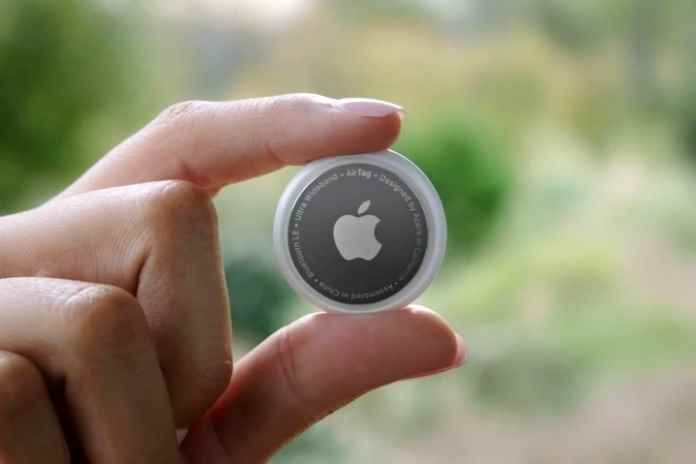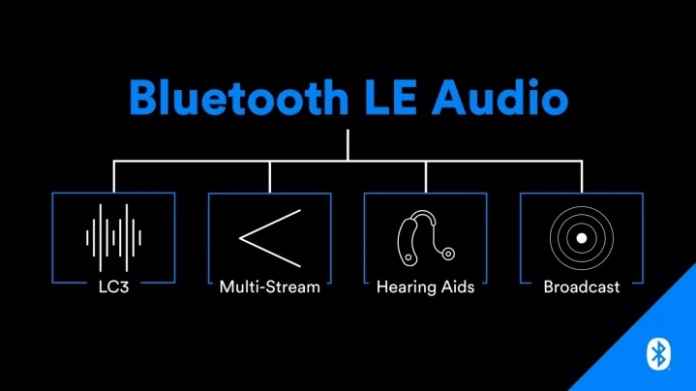Wireless audio has been evolving for years. Active noise canceling (ANC) from the early days of Bluetooth stereo With multi-point and wireless charging up to the cutting edge, products and their underlying technologies keep getting better. continues. Will 2023 continue this pace with even more innovations? Definitely. Here are three trends that will define wireless audio in the next 12 months.
Bluetooth LE Audio
In 2020, the Bluetooth Special Interest Group (SIG), responsible for developing and defining Bluetooth as a technology, announced LE Audio. A new way of making wireless audio over a Bluetooth connection using a Bluetooth Low Energy radio (hence the “LE” in LE Audio) instead of the more power-hungry traditional Bluetooth radio.
Two years later, we’re finally starting to see the first LE Audio compatible devices hit the scene. When paired with a phone that also supports LE Audio, these headphones and speaker use a new default Bluetooth codec called LC3. The Bluetooth SIG says the LC3 will offer the same sound quality as the current default SBC, even when using only half as much data.
When you factor in the LC3’s lower latency, lower complexity, and lower memory factor, all of this means wireless audio devices that use far less power to do the same thing they always do. Theoretically, today’s battery life estimates could double, allowing AirPods Pro to run for up to 12 hours instead of six, for example.
Ultra wideband (UWB) audio

One thing LE Audio doesn’t promise is a higher level of sound quality than currently available via the traditional Bluetooth classic. This is because, while the LC3 codec is more efficient, it is still limited in terms of the amount of data it can handle. To get a truly hi-res audio experience, you need much more data than Bluetooth can reliably support.
Therefore, all eyes are now on ultra-wideband technology, or UWB for short. UWB is designed to send tons of data over very short distances while requiring as little as 10% of the power used by Bluetooth. We’re talking across the room and across the parking lot. And it could be the perfect solution for those who want to replace the headphone cable wirelessly, which (so far) is the only way to achieve true high-resolution audio quality (what we define as lossless, 24-bit/96kHz).
Better, cheaper hearing aids

When the federal government finally issued new rules regarding the sale of over-the-counter (OTC) hearing aids in 2022, it opened the doors to a host of new competitors, particularly audio brands like Sony and Bose. We are already seeing the results. Sony has launched a range of small hearing aids that cost far less than what you would normally pay for these devices, and will follow them up with a Bluetooth-enabled model that looks more like traditional earphones.
While both new and established players compete for your money, it will not only move the entire industry forward. It will also remove the stigma of hearing aids. The more people wear them, the more they will be accepted, which will lead to more innovation and lower prices.
